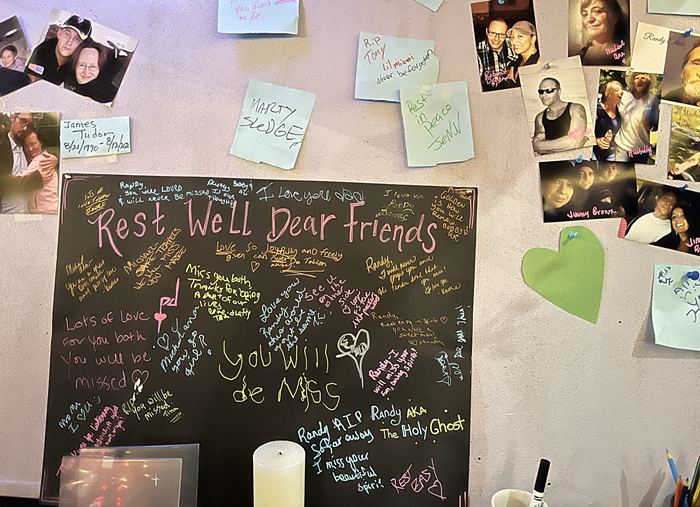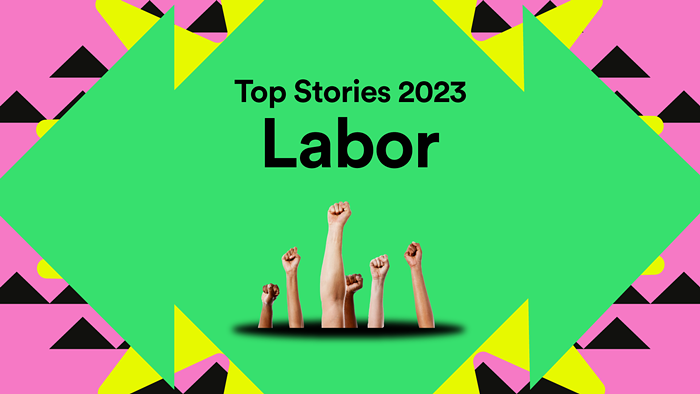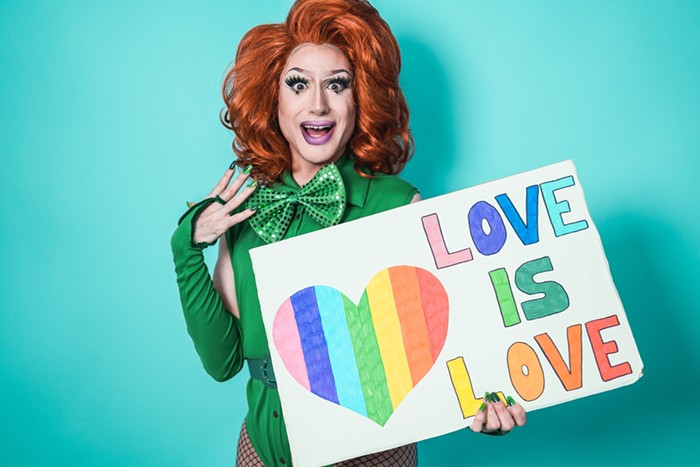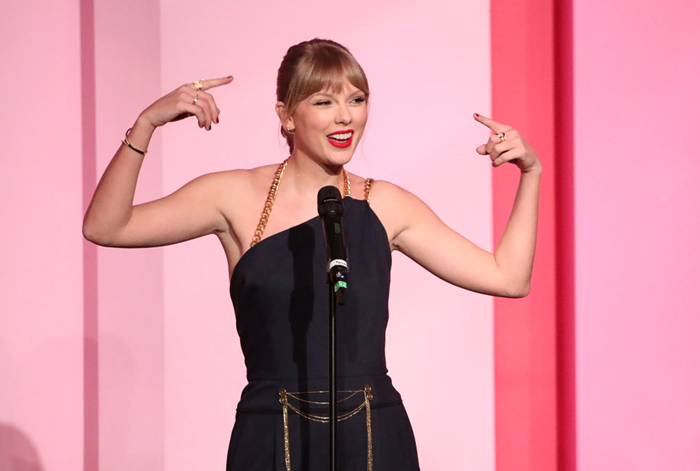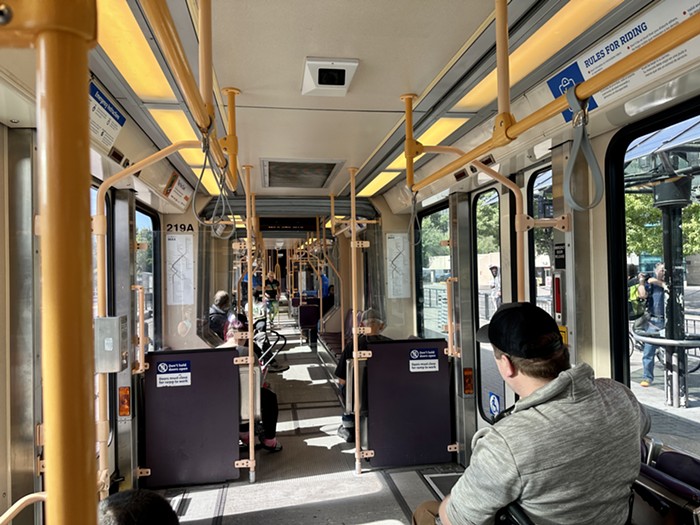Taking the elevator to the fifth floor of the Dekum on SW 3rd, it's evident that things have developed since the last time I visited Marc Moscato, director of the Dill Pickle Club—a not-for-profit organization offering "educational projects that help us understand the place in which we live." I'm here to ask questions about Re-Print, an upcoming Pickle program that, in concert with Matthew Stadler's Publication Studio, will reissue four out-of-print books with a local history focus; each re-release is marked with a one-off lecture.
The doors slide open to a horseshoe of hallway, offices dotting the corridor, and as I walk down it, Moscato greets me. He shows me to the modest office—enough space for a few chairs and an L-shaped desk—that is now home to the Picklers.
"The last time we talked," says Moscato, "we didn't even have a mission statement formalized." That was in late 2009, when he was operating out of the Eyeful Gallery for a one-month tenure. Now, the Picklers' goals have sharpened to the aforementioned, know-where-you-live focus—and within it, as is exemplified by the Re-Print program, there's opportunity to use the past to find the future.
The four texts slated for reissue, "obscured and out-of-print books on Portland's visual culture," come "without an agenda," giving loosely related sightlines on local history. Voices of Portland, composed of interviews compiled in the late '70s and edited soon thereafter by Christine Ermenc, provides an oral history of Portland's neighborhoods—opening with a first-hand account of a pioneer who traveled across the country by wagon train as a child, wheeling through buffalo stampedes and violent encounters with "squaws." It goes on to tell of transitions from mud road to streetcar, from the shanghaied sailor to the steamboat's "technological unemployment."
Getting heavier on the visuals, Kathleen Ryan's Burnside: A Community combines photographs and factoids spanning the late 1800s to the 1970s. Detailing the trades and pastimes of "skid row"—photos of early businesses, bars, hobos, strip clubs, and even famed drag queen Darcelle XV (described on a circa-1960s marquee as a "female impersonator")—we get a familiar locale where, as the author writes, "Change has seemed the neighborhood's dominant feature."
Where Voices and Burnside come with a narrative, Christopher A. Gossett's Rubbings from the Rose City is a sporadically focused series of crayon rubbings collected throughout Portland, documenting things like manhole covers, ornate bits of hardware, historical plaques, curious signage, and so on.
While these texts are interesting reads, the reissuing of the Portland Center for the Visual Arts' (PCVA) Twenty Seven Installations—recounting exhibits from preeminent conceptual artists like Donald Judd, Richard Serra, Daniel Buren, and Sol LeWitt—offers the greatest sense of purpose. From 1972 to 1987, responding to the out-of-touch programming provided by the Portland Art Museum, PCVA served as an alternative art space, existing outside commercial and museum models. No local art space since has quite risen to its watermark—but now, a still-unfinished multidisciplinary space inspired by PCVA called YU is silently preparing to open its doors. In the lead-up to YU's launch, it has become important to look backward to see what's ahead. The Twenty Seven Installations release—and first lecture of the ongoing Re-Print lecture series—will take place at YU, featuring a panel discussion between art critic Lisa Radon and PCVA organizers Mary Beebe, Mel Katz, Tad Savinar, and Paul Sutinen, on Thursday, March 31.
Moreover, in applying the lessons of history to present-day events, the Dill Pickle Club's refined mission becomes increasingly valuable—not only can the organization "help us understand the place we live," but it can do so in a way that illuminates the tangible future.

